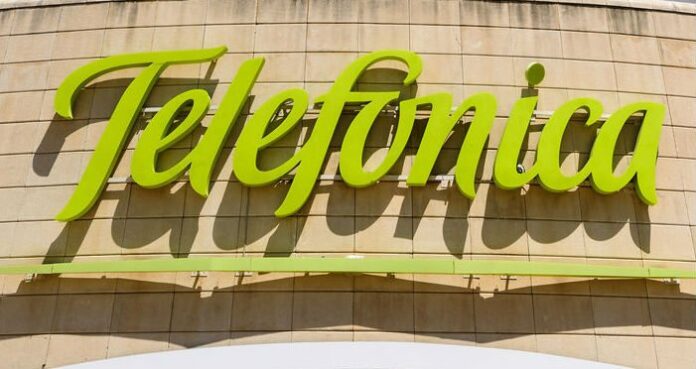Blockchain, 5G and private LTE are key to Telefónica industrial digitalization strategy
Telcos like Telefónica are in the interesting position of going through internal digital transformation while simultaneously turning those key learnings into new products offered on top of operators’ networks. Whether internal- or external-facing the end goal is the same–leverage connectivity and software-based process control to save opex as a function of increased efficiency. On the telco side, that means virtual networks that optimize resource usage and the ability to create new service-based revenue streams; on the enterprise or industrial side that means automation and data analysis to optimize productivity.
To better understand this unfolding dynamic, consider Telefónica. The service provider’s UNICA initiative is designed to use NFV, SDN and cloud computing to create a virtual, cloud-based network that has the flexibility to automatically meet the service requirements of a rapidly growing set of network-based services. In a showcase at Mobile World Congress, Telefónica worked with compatriot automotive manufacturer SEAT to demonstrate how 5G, combined with blockchain, a software-based ledger generally associated with tracking cryptocurrency transactions, can lend data insight to supply chain management.
IoT sensors are added to parts SEAT receives from suppliers, which provides location and other metrics associated with parts moving through the supply chain. Blockchain records and provides access to data collected by the sensors. In a separate demo involving the same partners, 5G connectivity was used to control robotic components that assemble vehicles. The sum total is lower costs related to manufacturing, increased productivity and increased output.
“Today, practically all industries and sectors rely on new technologies to improve their processes,” according to Vicente Muñoz, Telefónica’s Chief IoT Officer. “The purpose is to be more efficient and secure and even to improve forecasting of business needs. The industrial sector has specific security, real time decision-making and service quality requirements to which the connectivity of objects is learning to respond, using the IoT, the evolution of cellular networks and new processes, such as the blockchain. Our challenge as a company is to change people’s lives, and in this case, to help businesses become more efficient, assisting them in taking decisions based on data and digitalizing their processes to make them more efficient. This is the commitment that Telefónica have assumed.”
As to the parallels with the company’s internal transformation, a report from Analysys Mason describes the internal benefits of digitalization. “Telefόnica was one of the first operators to recognize the potential of changing network architecture to incorporate cloud technologies, general-purpose hardware and a programmable network control plane. The company understood that this combination of technologies could radically transform both the cost basis and, more strategically, the capabilities and revenue-generating potential of the network. Telefόnica envisages operating a future network that is fully virtualized and programmable, and which enables the company to cost-efficiently and flexibly align capacity with demand, simplify network complexity and reduce time to market for new service delivery.”

